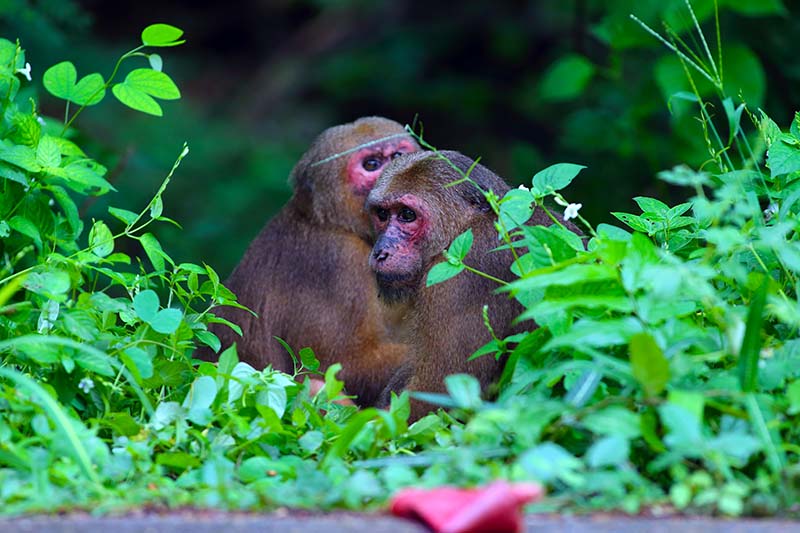2.5-minute read
What does the manatee, Florida’s beloved native marine mammal, have to teach us about the importance of maintaining healthy coastal ecosystems? As recent environmental events indicate, quite a lot. A keystone species, the gentle, slow-moving occupants of the Sunshine State’s rivers, marshes, and lagoons are sensitive to environmental stressors that impact the normal functioning of their underwater world. Although manatees have few natural enemies, harmful changes in water quality have become a matter of life and death for the iconic animals—alerting us to the fragility of marine ecosystems.
Manatees, a.k.a sea cows, need two things to stay comfortably in the swim: access to warm water (at least 68°F) and a whole lot of vegetation to eat. The 1,000-pound animals can consume up to 10% of their body weight a day in plant matter, primarily seagrass. Because manatees don’t have blubber to keep them warm like whales and dolphins, the colder the water, the more calories they need to survive. The seagrass that manatees depend on for the bulk of their diet, in turn, depends on sunlight for photosynthesis.
As reported in Science, 761 manatees wintering in one Florida lagoon died of starvation in 2021 due to a shortage of seagrass. Because massive algal blooms resulting from excess nitrogen and phosphorous in the water prevented sunlight from reaching carbon-storing seagrass beds, the plants that support manatees, as well as sea turtles, fish, crustaceans, and mollusks, failed to reproduce. Although Florida manatee numbers have doubled from 3300 in 2001 to close to 7000 in 2021 thanks to protective legislation, last winter’s die-off represents a gut-wrenching 10% loss of the marine mammal’s population.
In addition to struggling to survive the algal blooms that diminish life-supporting seagrass, manatees, and other marine life, are facing the environmental effects of toxic red tides that are increasing in size and duration due to rising ocean temperatures. Between 2017 and 2018, an estimated 200 manatees died from ingesting and inhaling the neurotoxic algae from a year-long red tide event.
Despite the manatee’s status as a protected species, as with many living creatures, its capacity to adapt to adverse environmental and climate impacts is limited. The fate of the manatee and other marine animals rests on protecting and restoring life-supporting habitat. Changes to the population and well-being of the silent marine sentinels speak volumes about the health of coastal ecosystems and marine biologists and conservationists are paying close attention. They’re developing strategies to provide manatees with adequate food supplies and warm-water sanctuaries when temperatures drop and promoting policies that will help to improve water quality year-round in a rapidly warming world.
To find out how you can become a citizen scientist and help make coastal ecosystems user-friendly for the magnificent manatee and other aquatic creatures, check out this fact-sheet from the University of Florida, which includes tips on how to reduce nutrient runoff and the next right thing to do if you come across a manatee in distress.
Wherever you are in the world, if you’re looking for another great reason to head to the beach, the Ocean Conservancy has more bright ideas on how to participate in the global mission to combat water pollution by starting a local trash cleanup. And for ten simple ways to help power the pristine by reducing your plastic footprint stop by the World Wildlife Fund. Planet tidying—good for water, good for people, good for wildlife.





































































